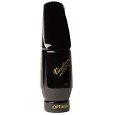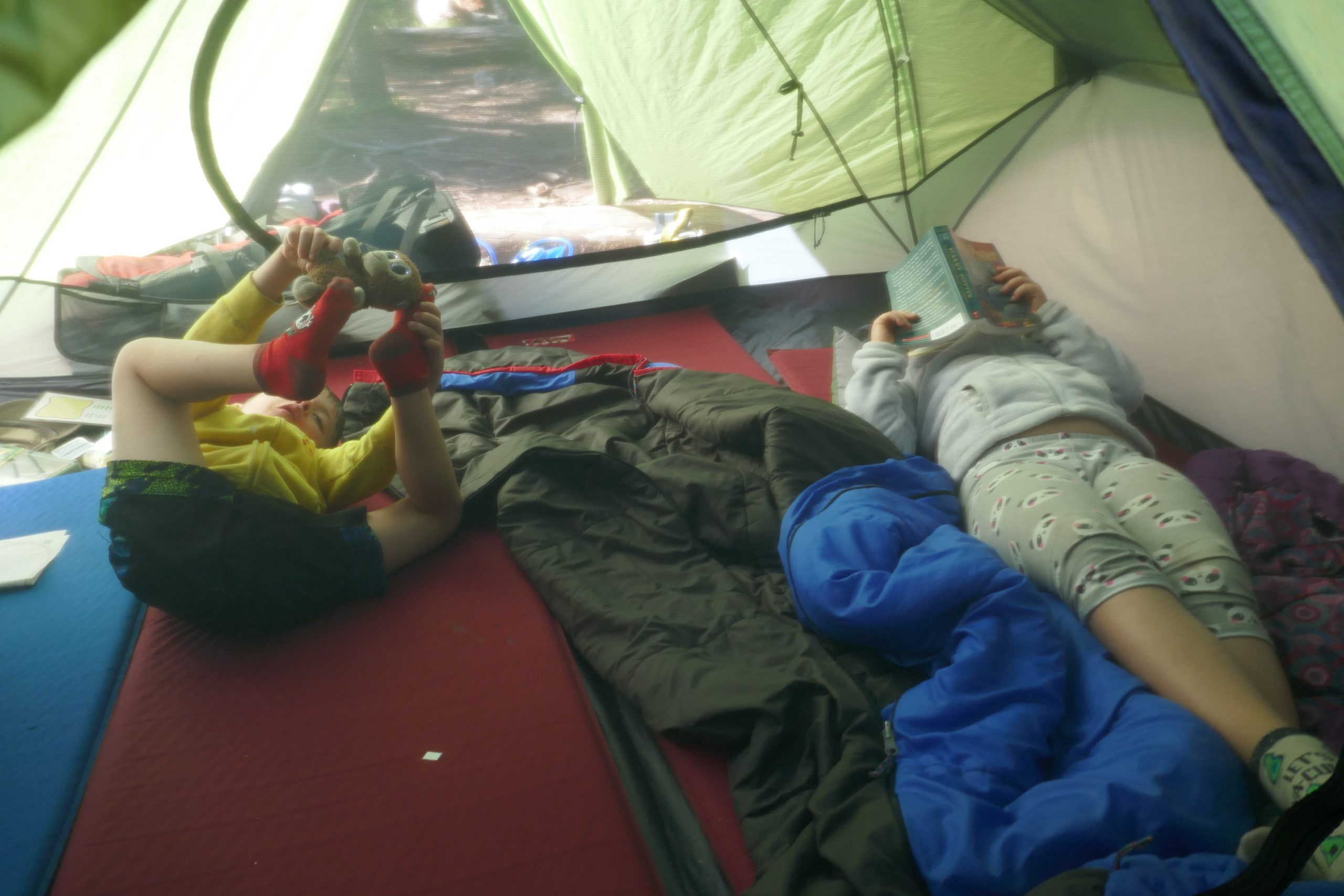DIY Sax Repair and High-Energy Particle Physics?

Growing up I wasn’t a really handy guy. Of course, if you ask my mom, she’ll tell you how good I was as a small child at taking things apart. For whatever reason, I just wasn’t that excited about putting them back together. There are a number of stories here, but not this one!
That changed sometime when I was in college. Adam Rothschild and I built a very cool solar filter for Wittenberg’s 10.75″ refracting telescope, which I was using regularly, and I learned a fair bit about machining. One long-lasting lesson was just how hard it is to operate a mill that hasn’t had the ways cleaned in a while. I’m reminded of this frequently while struggling to use the little mill-drill at Eltron.

After graduating from Wittenberg with a double major in physics and music (almost), I went off to graduate school at the University of Pittsburgh determined to get my Ph.D. in physics. Of course, I took the new car I’d just purchased with me along with my stereo, computer, and bicycle. The first summer of grad school was amazing and intimidating since I was at Fermilab in Batavia, Illinois, working on one of the coolest high-energy particle physics experiments on the planet—the CDF collaboration. To this day, Fermilab remains one of the coolest places I’ve ever been. They have dozens of interconnected lakes that are constantly monitored and utilized as a cooling system for the Tevatron, and they have buffalo! I’d never seen buffalo before in person, and I’m still amazed at how huge and fast they are. Years later, Jess and I would see a great big buffalo at Wind Cave National Park in South Dakota stand up on his hind legs and high-jump a roadside barrier. That, not surprisingly, is my coolest buffalo moment to date.
While at Fermilab, I learned another valuable lesson: grad students are poor. I had a great deal with the university covering the cost of my apartment and paying me a reasonable stipend, but it still seemed like things were tight at the end of every month. I think this is the real reason I decided to fix my mountain bike myself when it stopped shifting on command and started shifting autonomously. So, I went to the local Borders and bought a mountain bike repair manual (Gribble projects typically start this way). I also bought a couple of general purpose tools. All told, the cost outlay was still cheaper (parts included) than a general tune-up.
At this point, I need to stress that despite having some tools and a nice book, I was completely clueless. The bike performed quite poorly that whole summer. Thank God I was mostly just riding to work and back. I can’t imagine how rough actual mountain biking would have been. I’m also really glad I went out on a limb and tried to fix my bike myself. Now I’m a pretty competent bike mechanic with a much better spread of tools. There are still a few jobs I turn to the pros for, but they are typically only called on for tasks requiring an exotic or expensive tool that I can’t justify purchasing (yet).
So, now I can fix bikes. Well, I’ve actually built a few from the ground up, but that’s not the point of this story either. For those of you that know me, I’m a pretty capable saxophonist. That’s why I was trying to finish a double major back at Wittenberg. It was mostly about not allowing my music to go silent, but it was also nice to get a small music scholarship. Honestly, despite being a physics major, some of the music classes I took in college were amongst the most challenging academically.
I didn’t have a lot of private lessons when I was learning to play the sax, and I’m sure that’s to blame for my current shortcoming. One of the things I really missed out on was learning about mouthpieces and reeds. There’s quite an art to reed adjustment and mouthpiece selection, but until I accidentally broke the plastic mouthpiece that came with my first rented Yamaha YAS-23, I’d never given these things a moment of attention. I just took a reed out of the package and slapped it onto the mouthpiece.
Finding a new mouthpiece wasn’t easy. First, I was afraid to tell my parents about the broken mouthpiece. Then I had to call several music stores looking for one that actually sold sax mouthpieces. At this point, it never occurred to me that I might play-test a new mouthpiece. I simply went to the store with my dad and selected one of the two models in stock. I played with that new mouthpiece for the next 5 or 6 years! That’s the mouthpiece, a hard rubber Woodwind B5 made in France, that I was using when I really learned to play the saxophone.
Years later, I switched to a hard rubber Otto Link 6 for jazz and a Selmer C* S80 for classical music, but I never got rid of the Woodwind B5. I’d play it every once in a while, along with a metal Otto Link 8 that I’d purchased sometime in high school because I thought it was what cool jazz saxophonists played. I still have the metal Link too, but I’ve learned a lot from that moment of youthful indiscretion.
Saxophonists have a bit of a history regarding mouthpieces and experimentation. It probably stems from the relatively young age of the instrument. Since I’ve been trying to play more, I’ve found myself increasingly unhappy with the tone and intonation of my playing. I keep going back and forth between the Woodwind and the Selmer. I still prefer the timber of the Woodwind, but it doesn’t blow as easily as the Selmer, and it seems like the reed doesn’t fit as well against the flat part of the mouthpiece (called the table) as it used to. Upon close inspection using a flat glass gauge, I could see that the table was slightly convex with a little bump on one side near where a small chip had been dislodged. This resulted in a spitty, gargling sound. After much debate, I decided to try to reface the mouthpiece myself because, like mountain bike tune-ups, the pros charge upwards of $75.00.
It’s hard to find any information about mouthpiece refacing on the Internet, and as you might suspect, there aren’t any books at Borders. Nevertheless, there are dozens of people offering mouthpiece refacing services to the saxophone community. Evidence, no doubt, that I am not alone in blaming the equipment for my own shortcomings. From what little I could gleam from the Internet, I decided to try using 600 grit silicon carbide paper on a granite tool-makers slab in order to get the table perfectly flat. I thoroughly soaked the silicone carbide paper with DI water and pressed it flat to the slab. Then, using figure-8 motions, I lightly sanded the table. It was amazing how rapidly the fine-grit paper ground down the mouthpiece. After about 10 passes, the water was murky with bits of brown rubber dust. I made a couple of gentle passes across the facing from table to tip in order to smooth out the transition from the refaced table to the facing, and called it good. I could hardly wait to get home and try out the “new” mouthpiece.
So, the moment of truth: does it even play anymore? Well, the answer is yes. The table is definitely flatter and the reed is clearly sealing better than it was. The spitty sound is pretty much gone, and I can’t really tell any difference between the “new” mouthpiece and the old, so I guess I did a good job. Now I need to play it a bunch more and decided if I should open up the facing some, which seems way more likely to end in disaster. Check back soon for an update.


